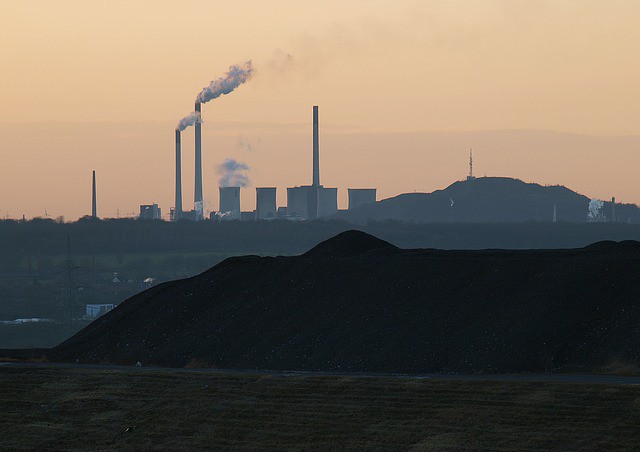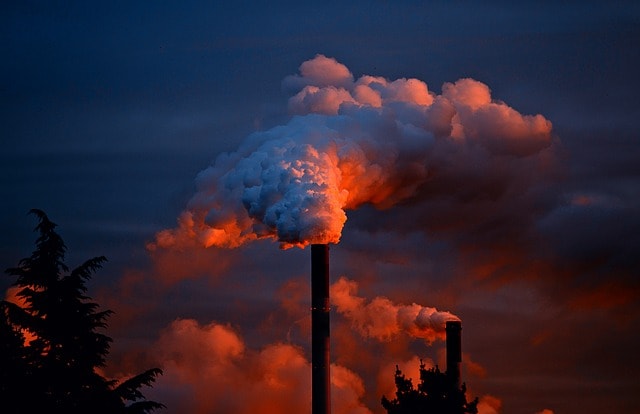15 Serious Threats to the Rainforest That You Should Know

Initially, about 200 years ago, over 14 percent of the earth’s land was covered by rainforest. Today, only about 6 percent is left. This change has been caused by the massive destruction of the rainforest.
The loss of the forest is known as deforestation. As the population grows, the demand for timber and land increases. Thus, accelerating deforestation. Studies have shown that the rate of deforestation has risen to over 6 million hectares a year.
Rainforest is an important element of an ecosystem. Its plants supply up to 17 percent of the world’s carbon, which helps in regulating the earth’s temperature. Also, it produces a notable amount of oxygen that sustains countless lifeforms.
And yet, there is a continued threat to this valuable component of the earth. The life of its plants and animals is increasingly being endangered. Furthermore, the climate and ecological damage caused by these changes are already having devastating effects across the globe.
The most practical solution to protect this rich habitation is to pinpoint the probable threats and refrain from them. To achieve this, it is important to first understand the major threats that face the rainforest. Here are 15 serious threats to rainforests:
1. Logging
The population of humans has been on the rise with scientists estimating that it will reach 9 billion by 2050. As the population grows, people tend to log trees in order to get enough space to settle.
People also log trees to make fortunes. For example, teak and mahogany are very valuable hardwoods and are profitable when sold. Keep in mind that the money can only be available for a short time, but the cleared forest will take ages to recover.
2. Unsustainable Agriculture
According to a recent study, soils found in rainforest areas are fertile and good for agriculture because of their biomass. Many farmers are taking that advantage and are clearing forests to grow crops.
After farming for long enough and their biomass are used up, they invade the forest again to get more fertile areas. By doing this continuously, a large piece of the rainforest gets destroyed over a short period of time.
3. Cattle Grazing
Cattle keeping has had a direct effect on the rainforest mainly by soy farming. The market demand has risen high for economical animals-based food, found from animals raised on soy. This is because it is cheap to grow.
The high demand has led to an explosion in soy farming and cattle ranching, which also kills plant life. As long as the trend continues, more trees will continue to disappear.
4. Mining
When a valuable resource has been identified beneath a rainforest, a large part is always logged to pave way for the extraction.
The impact of mining is especially notable during gold extraction, where a high concentration of mercury is used. When the mercury seeps out, it destroys the plants and wildlife around.
Miners also cut down trees to make charcoal that is used to fuel iron foundries and other activities.
5. Oil Extraction
Oil extraction is not only responsible for environmental devastation and degradation of lands but also deforestation. It may lead to oil spillage and release of toxic by-products into the rivers, which may destroy vegetation that depends on that water for survival.
6. Hydro-electric Power Dams
Many nations use hydroelectricity as a way to produce affordable and clean electricity for their ever-growing population. While it may be an excellent way to harness renewable energy, it has a distressing effect on the rainforest.
The construction of hydroelectric dams often leads to flooding. This harms the land by clogging the trees, which eventually die.
Furthermore, excessive flooding can submerge a rainforest under water putting to an end a large number of plant and animal species.
7. Wildfires
Various human activities are a major contributor to the forest fires. Most fires begin from agricultural fields and nearby pasturelands where the fire is used to clear the land. Natural fires do very little harm compared to human-induced fires.
8. Droughts
The rainforest requires enough water for its survival. A prolonged dry season often weaken the vegetation making them vulnerable to pests, diseases, fall and fire breakouts.
9. Storms
This disaster can lead to an extensive destruction in the forest through tree falls. When a canopy tree falls, many neighboring trees held by lianas are also brought down.
Large tropical storms like typhoons or cyclones can lead to a significant damage and may take decades to recover.
10. Volcanic Activity
When an eruption takes place, the hot lava and pyroclastic substances kill both plants and animals that are living in the rainforest. However, since the volcano soil is rich, plants can grow again when everything cools off.
11. Pollution Effects
Water and air pollution are on the rise in various areas including rainforests. Acid rain is a major cause for the burning effect on vegetation.
Acidification of soil and water is common in tropical areas with high rainfall. However, tropical areas are sensitive to prolonged acidification by increased deposition of nitrate and sulfate ions in the atmosphere.
12. Industrial Activities
The need for trees and bamboos in paper industry poses a bigger threat to the rainforest. Millions of trees are logged on a daily basis in order to meet the ever-growing demand for paper products.
In some areas, like Sumatra, the rainforest has been logged and changed into fast-growing plants with only a single species. These plants are used to manufacture fiber for paper and wood-pulp.
13. Hunting and Poaching
Commercial hunting decimates the population of wildlife across the tropics. Over the last 50 years, the depletion of wildlife has brought harm to the forest ecosystem by removing key species from the system’s functioning.
These species act as seed dispersers and pollinators. Heavy bushmeat poaching changes the composition of the forest by supporting small-seeded plants over large seeded. This leads to a lower diversity of vegetation with big seeds.
14. War
Rainforest is an asset to any nation globally. But war can be a curse to it. War brings disorganization, panic, and concerns of existence, especially for commercial activities. People often use resources as a defense for war- physical or trade.
War may lead to the downfall of a state that sells forest assets to pay debt and purchase weapons. War can also lead to habitat destruction, environmental damage for military purpose and refugees activities.
15. Road Construction
Road construction and expansion have been steadily increasing at a rate of 50 football pitches a minute. These roads are basically financed by governments and different agencies.
They are built to access oil, logging, ranching and mining sites in the rainforests. The impact of the road is far beyond its location but includes the movement of animals and change in humidity and temperature of soil and air.







